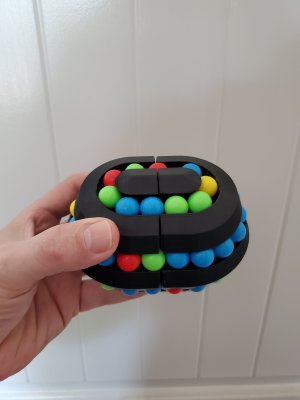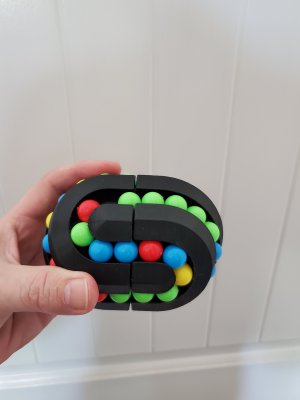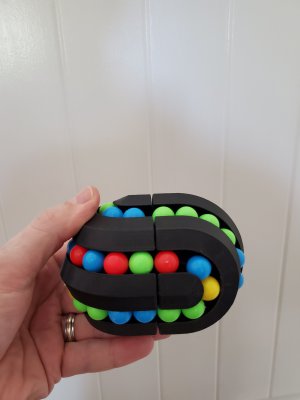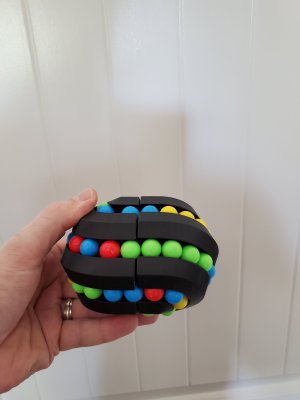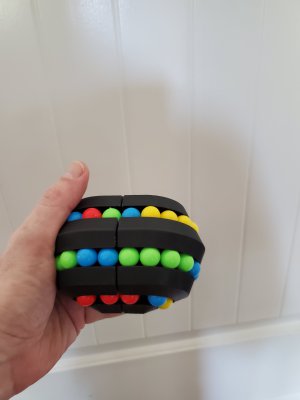- Joined
- Feb 8, 2014
- Messages
- 11,176
How easy and cheap? If it's a matter of pull out the old system and plug in an new one, I can probably handle that. But I don't know about wiring at a pin level. I guess if you're replacing everything, it's pretty much all together and all you are doing is connecting it to the servos. That wouldn't be too hard. I guess what I'm saying is plug and play with components is about my speed. If it's wiring soldering etc, not so much.
Modern retrofit CNC controls are pretty easy install, well documented. Of course there is some wiring, but not overwhelming, and no soldering needed. Look at it as a skill building experience. I have a very low tolerance for 30 year old controls technology, so IMHO upgrading is the only way to go. Costs could run from a couple hundred dollars on the extreme low end to as much as you want to spend. Like anything else, you get what you pay for. My CNC mill originally had an Anilam control and I ran it until if finally failed, right in the middle of a production job. I did the retrofit and was back up and running in 12 hours, didn't even take the job off of the table. I was planning on the retrofit when that job was done so had all of the parts on the shelf.
Under no condition would I convert a manual machine to a CNC without having a well equipped machine shop available. Too many bits & pieces need to be made to make everything fit.
I find that using a pendant control is very uncomfortable for me, you can't feel what the machine is doing. I want my hands on the handwheels, but I have over 50 years of running manual machines.
I do have to admit that getting a CNC machine actually made me look like a machinist, my part quality went way up and allowed me to easily do things that would take hours or be next to impossible to do with a manual only machine.


